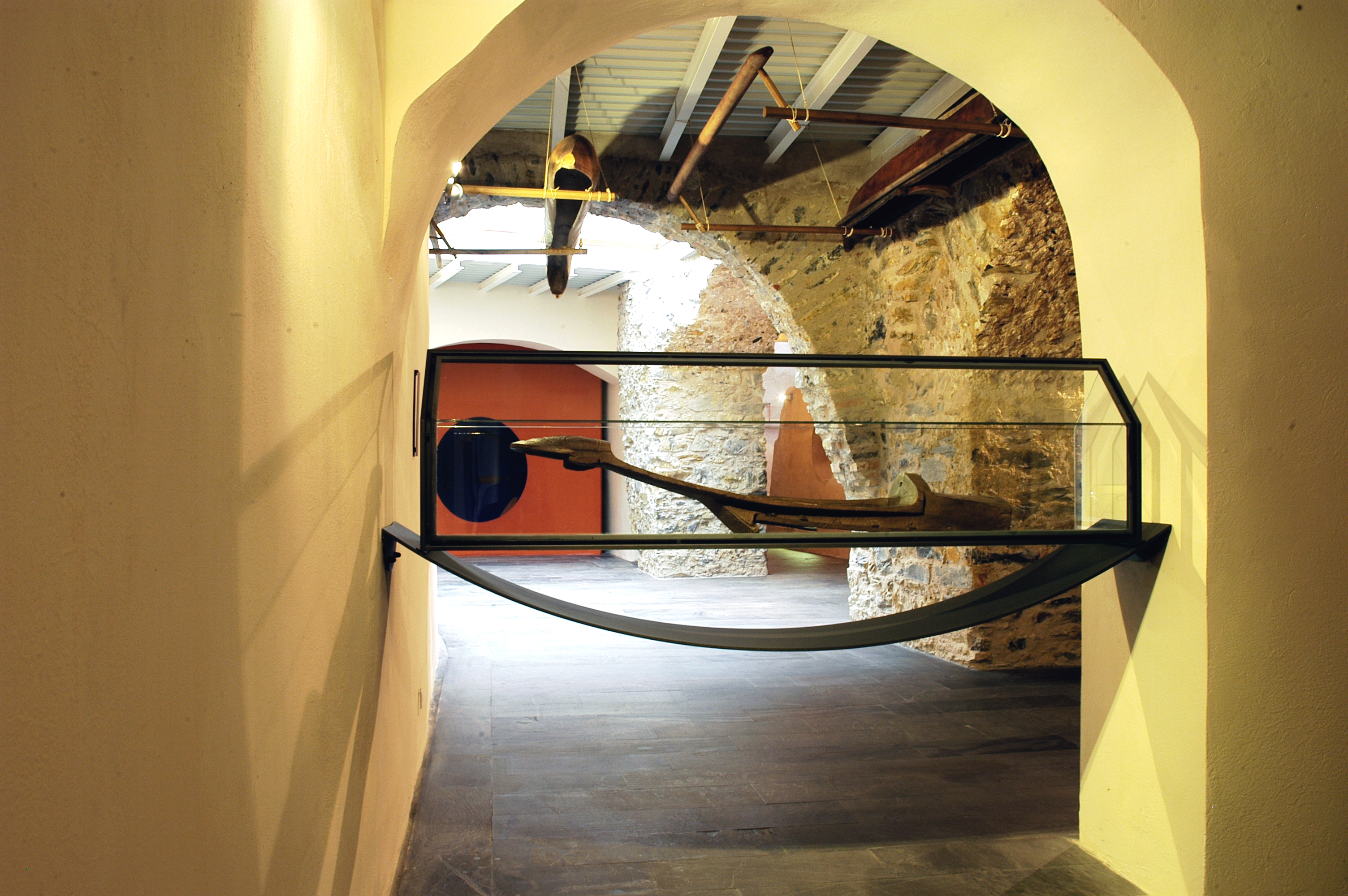
Click here to view image

Click here to view image

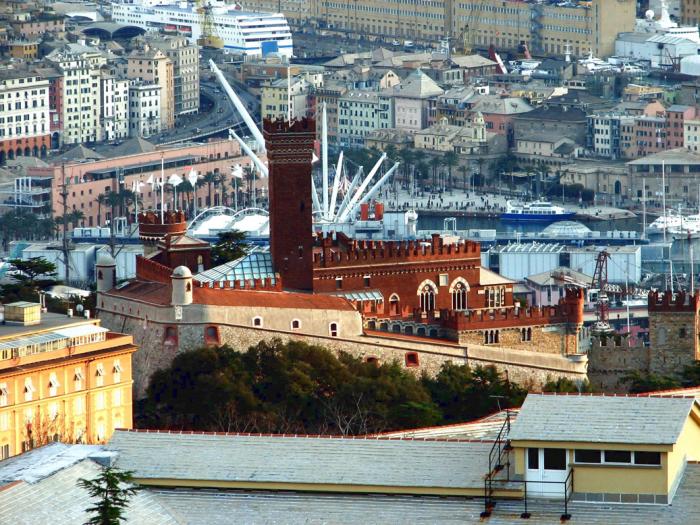
Click here to view image


Click here to view image

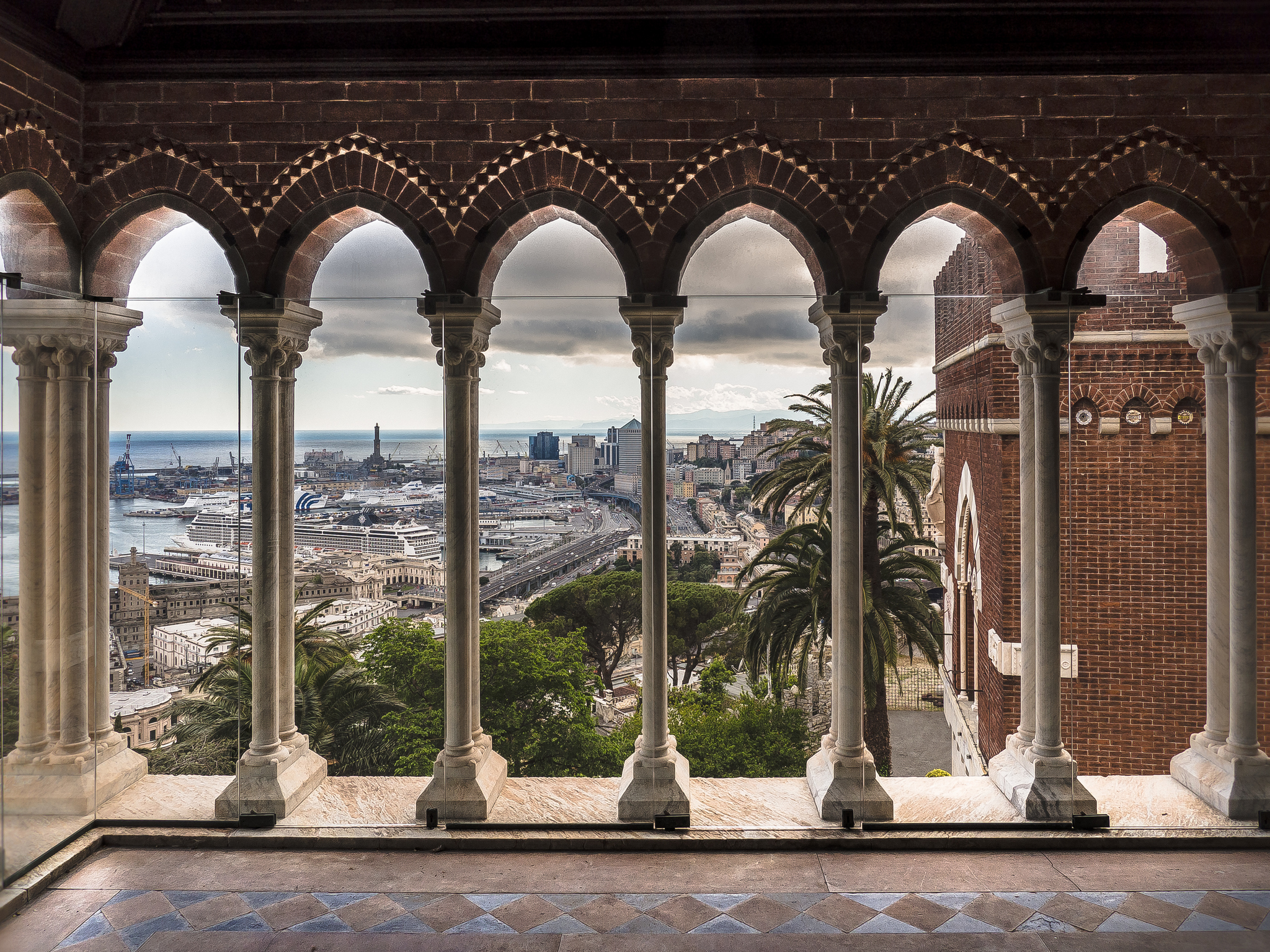
Click here to view image

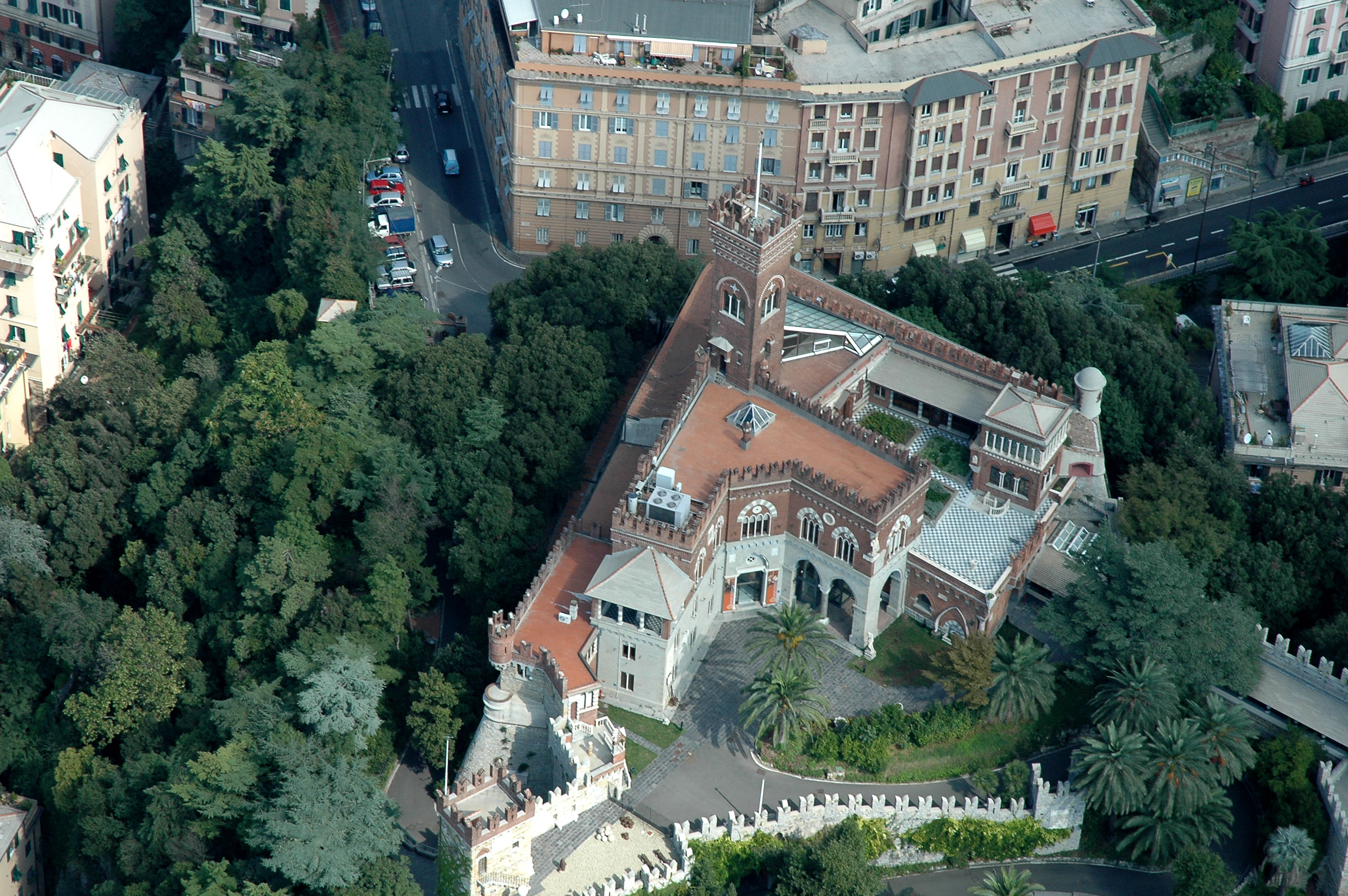
Click here to view image

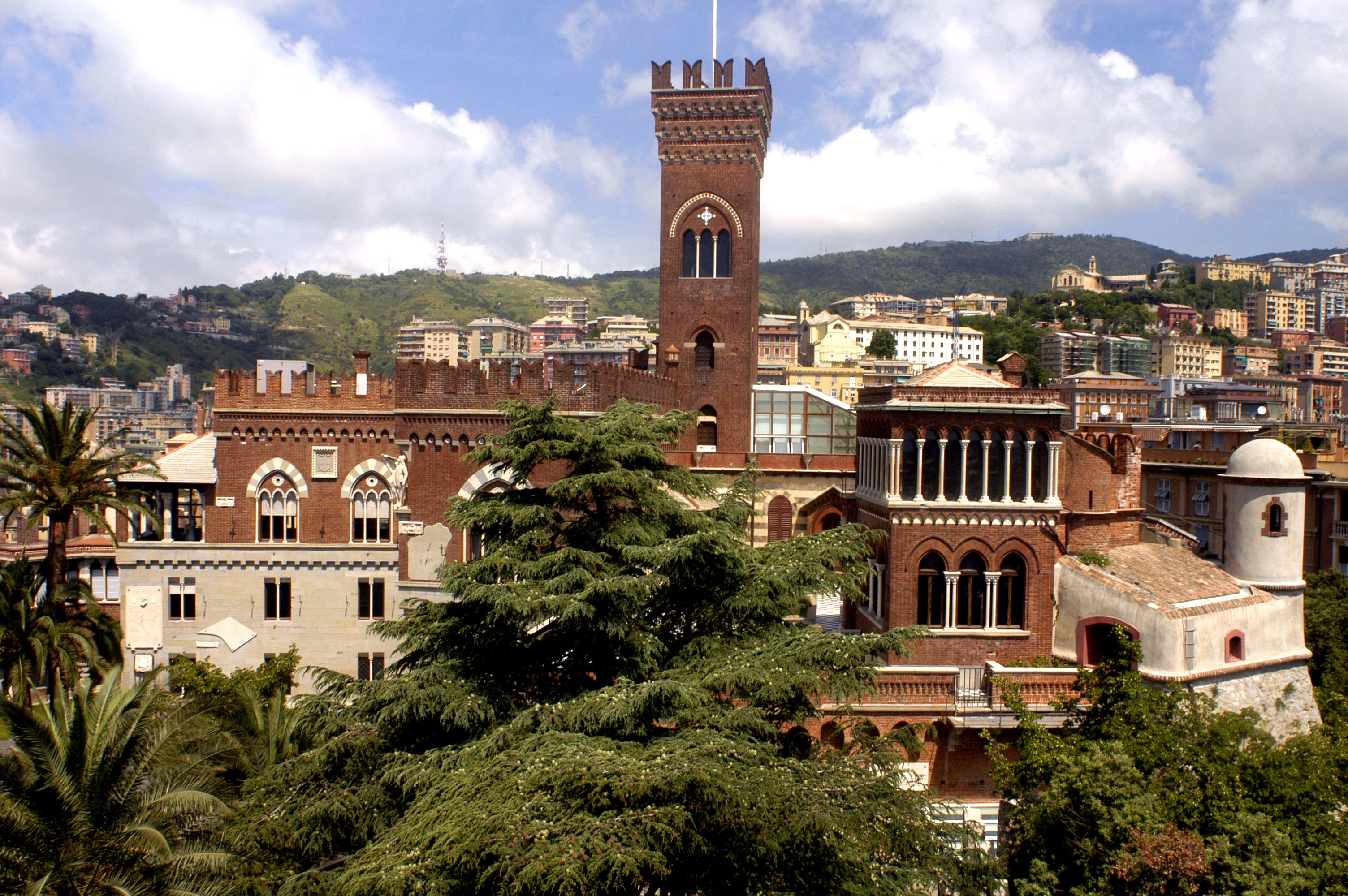
Click here to view image

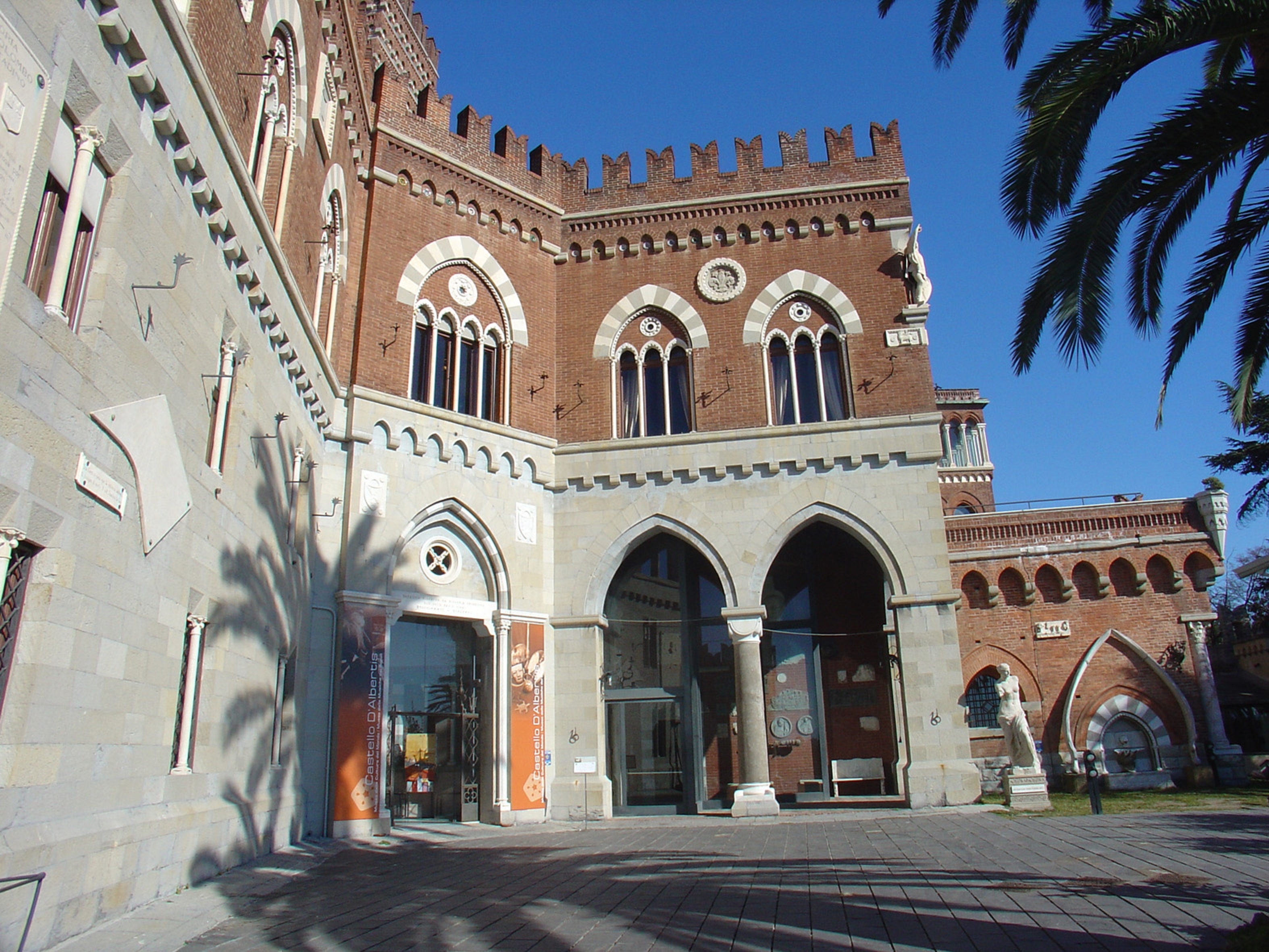
Click here to view image

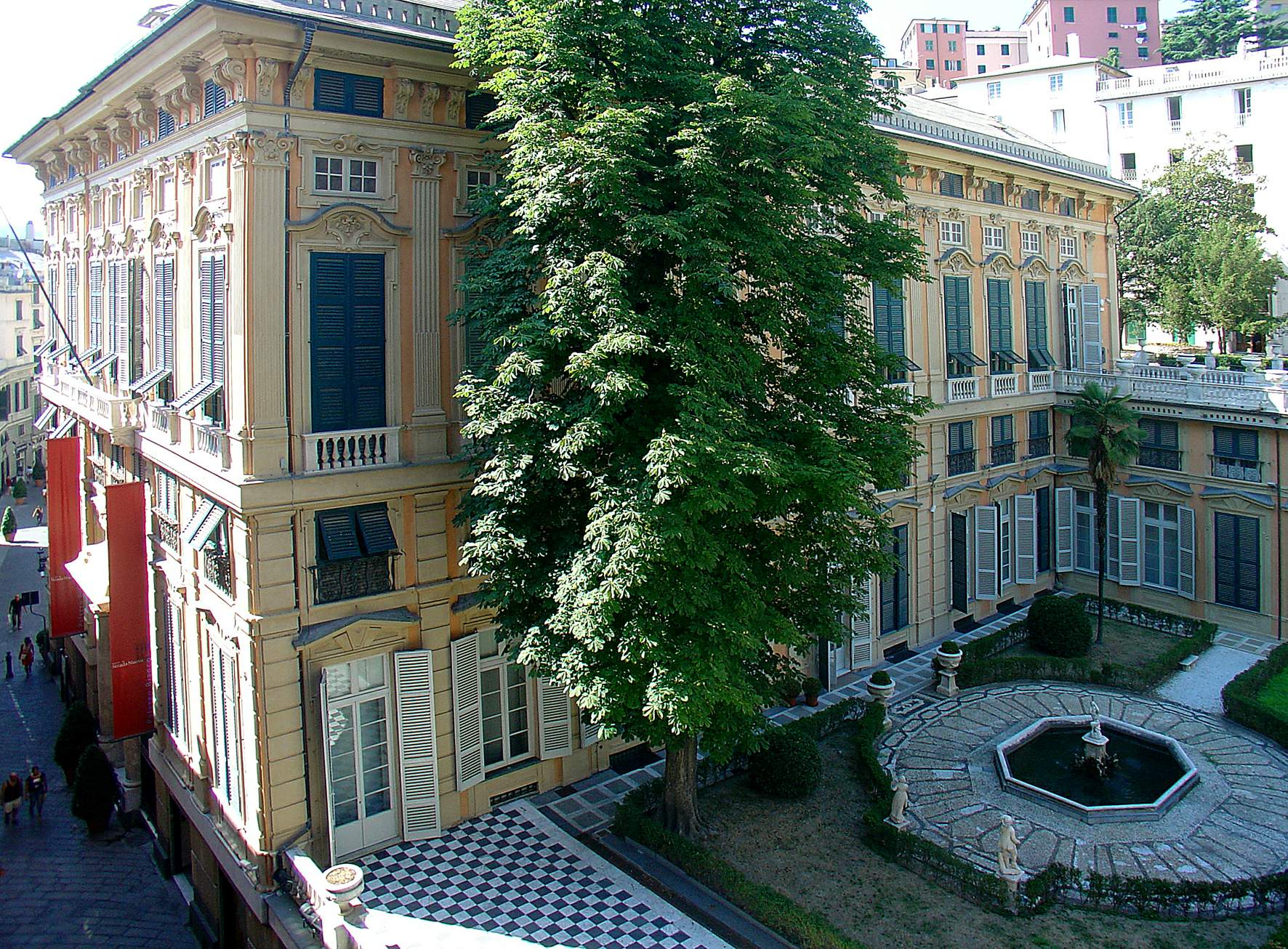
Click here to view image

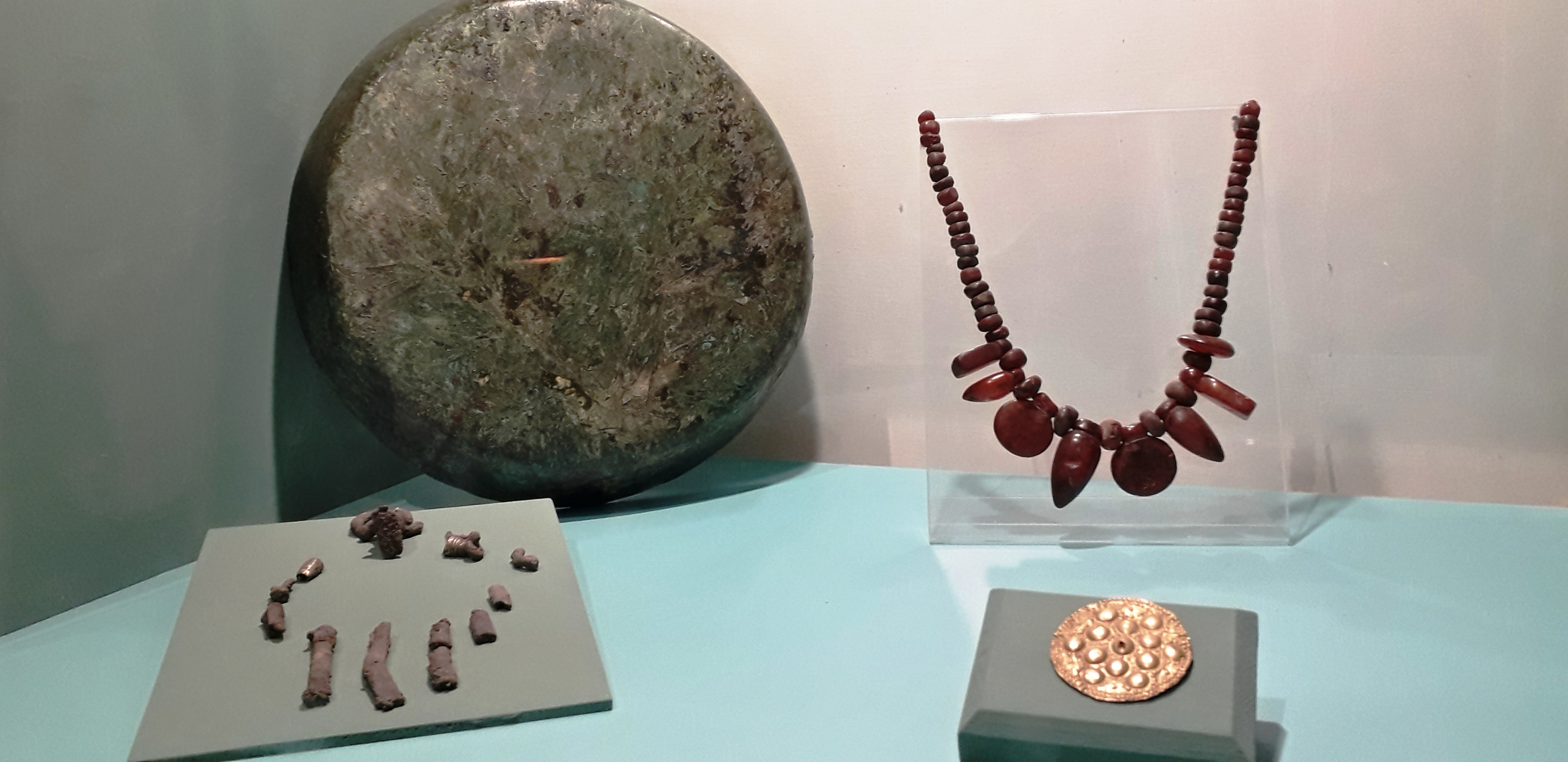
Click here to view image
Tomb 30 of the pre-Roman necropolis of Genoa
1899/01/05
ambito etrusco-ligure
Tomb 30 of the pre-Roman necropolis of Genoa
grave
Unità di misura: UNR (
bronzo
I Liguri. Un antico popolo europeo tra Alpi e Mediterraneo. - Genova, Commenda di Pre - 2004
The tombs of the necropolis were found in the stretch of Via XX Settembre between Piazza De Ferrari and the Ponte Monumentale, namely under Via S. Defendente and under the foundations of the houses of the then Via Giulia and the church of Nostra Signora del Rimedio. They were not lined up but rather scattered without apparent order. The tombs consisted of circular shafts, about 2 metres deep and closed at about 2/3 of the height by a roughly hewn stone slab. In the lower space, the cinerary vessel and other grave goods were deposited; other objects were also found on some occasions above the closing stone, raising the question of the contemporaneity of their deposition. In the case of t. 30, the grave goods testify to the breadth of contacts in Genoa, the crossroads of Tyrrhenian trade and the overland routes to the Po Valley: the precious clothing complements of the deceased, which are not found in the funerary customs of Genoa, denote their origin from a Golasecchian environment, perhaps even from the Como area. This trousseau appears to be an effective example of the policy of matrimonial strategies deployed by the centres of the Golasecca culture as part of a system of alliances aimed at reinforcing agreements for the activation of trade routes that connected, in this case, the Tyrrhenian coast with the territories of the Po Valley and, through these, with the rich transalpine markets. The deceased, of high social rank, had integrated into the host community, while retaining elements of the costume typical of her area of origin, and was buried following the ritual in use in Genoa. Overall, the grave goods seem datable to the second half/last quarter of the 5th century BC. Tomb 30 was closed by two covering stones, each 1 metre long and 80 and 20 cm thick respectively. According to initial records, the grave goods, which appear to be essentially homogeneous, consisted of an Attic Kelebe, now lost, a bronze tray with animal bones and one or more cups that have been lost; in addition to ashes, the crater contained a rich set of jewellery, damaged by exposure to the fire of the funeral pyre.

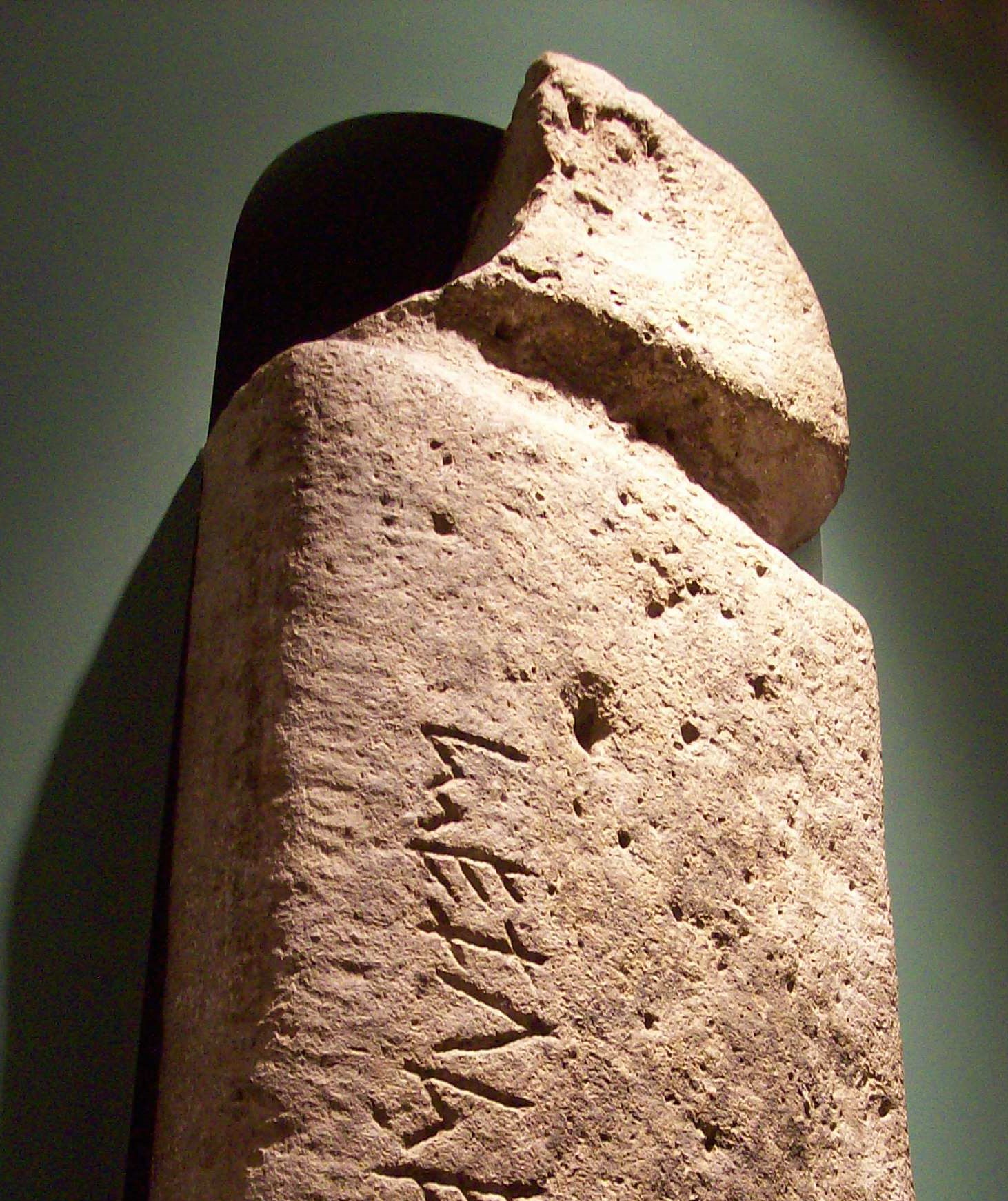
Click here to view image
Stele of Zignago
1827 ritrovamento fortuito
periodo eneolitico
Copper Age, middle of the 3rd millennium b.C.
stele
Unità di misura: cm; Altezza: 108; Larghezza: 37; Spessore: 24
arenaria- scalpellatura
Mostra di Arte Antica - Genova, Palazzo Bianco - 1892<br>I Liguri. Un antico popolo europeo tra Alpi e Mediterraneo. - Genova, Commenda di Pre - 2004
Although the stele lacks depictions of dating elements, it falls within those attributed to the Copper Age, perhaps of type B of Ambrosi's classification. Recent studies place the phenomenon of the stele-statues in relation to the development of new economic forms (highland pastoralism) and the spread of human groups for whom it might have been important to point out certain elements of the territory of importance within the society of the time. During the Iron Age, the stele received an inscription in which an Etruscan onomastic formula (Mezio dei Nemusii) or a Celtic toponym (sanctuary of the middle) was read in the past. Recently, it is preferred to emphasise the alphabet type within a Leponzio-Ligurian linguistic area with an interpretation that, although controversial, seems to be oriented towards recognising an onomastic formula. The body consists of an almost rectangular slab; the head is separated from the torso by a low, wide throat; the face is formed by lowering the surface into a circular shape from which emerge the triangular nose and the two pads that constitute the eyes. Anthropomorphic features are thus reduced to a minimum and sexual symbols and weapons are also missing.




Headquarters:
Municipality of Genoa - Palazzo Tursi
Via Garibaldi 9 - 16124 Genoa
C.F / VAT 00856920102